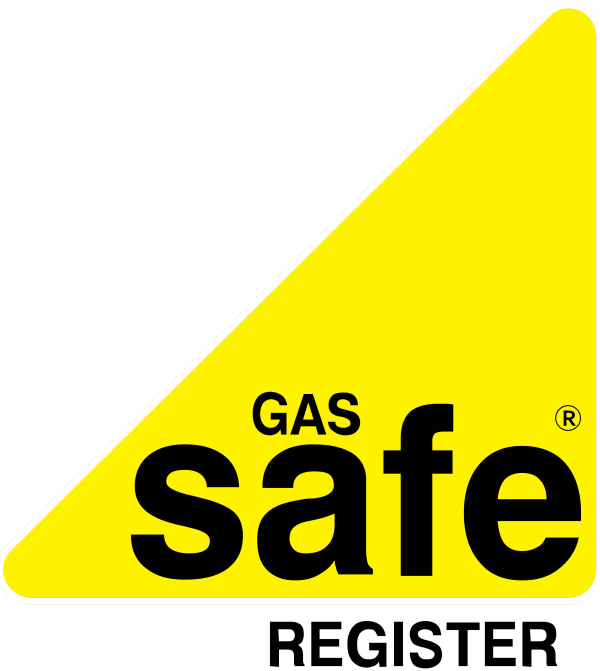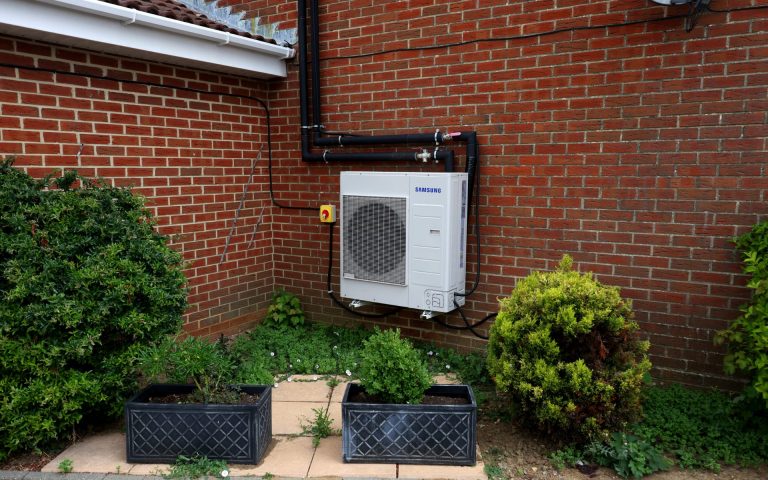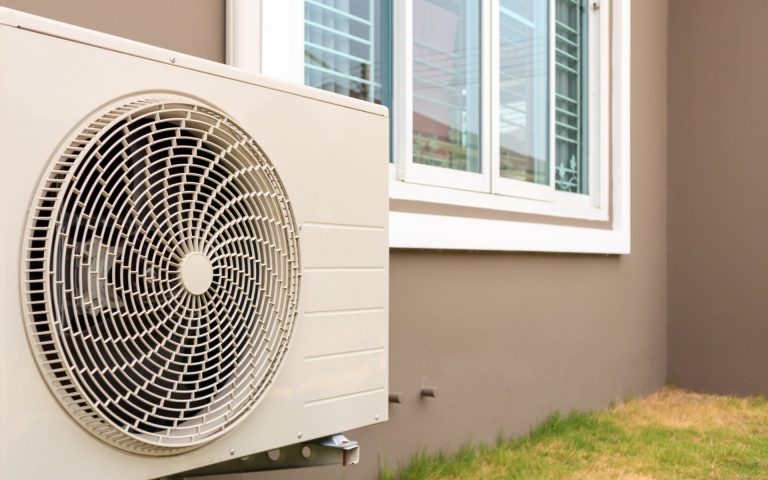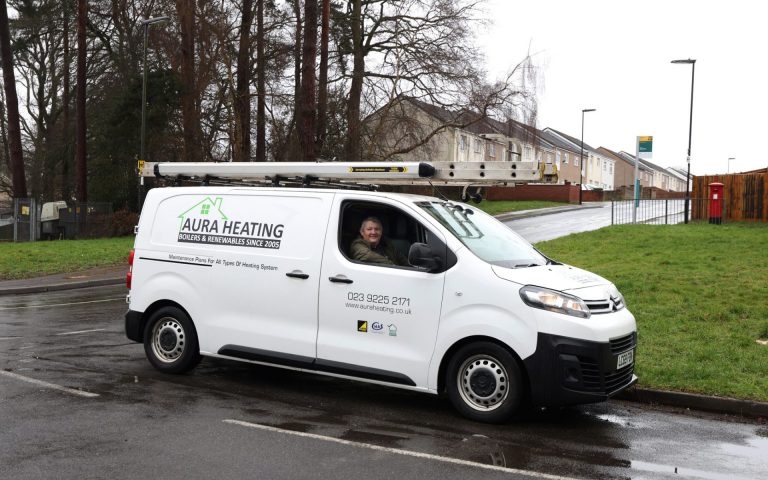Replacing your boiler has always been one of the most important tasks householders face. Your boiler provides you with heat and hot water – two things a modern home needs. Thankfully, most boilers last for quite a few years, but when the time comes to buy a new one – whether it’s because your old one has finally packed in or because you want to reduce your energy bills by installing a newer, more energy-efficient model – it is vital to understand which is the best type of boiler for your needs. This article is your guide to energy labels to help you make the most efficient decision!
The current energy labels system for boilers is recognised by many as confusing to the consumer. As our boilers and other water heating systems use much more energy than anything else in our homes, it is important to most of us to buy the most energy-efficient one our budget can afford. Not only will this save considerable sumsover the years, but it also helps lower the environmental impact our household has. Boiler replacement, therefore, needs careful consideration.
The Old Energy Labels System
Under the current labelling system, a boiler rated at an impressive-sounding A+ may actually be the least efficient in its class. This is because there are now not only A++ ratings but also the top-of-the-tree A+++ rating. In effect, the old A+ rated boiler is only third in line when it comes to energy-efficiency.
This change prompted proposals by a European commission to replace the old ratings system with a brand new, simpler, colour-coded one which would start at A and go all the way down to G. Easier to understand, this system would help make boiler replacement a whole lot easier for the householder having to make a choice.
Effects of Brexit
However, the recent referendum about Britain’s future in the European Union has led to confusion and caused the proposal to face a potentially damaging setback. Following the Brexit vote – which took many by surprise – the proposals will now have to undergo a review. This is due to take place between 2019 and 2023 where boilers and water heaters are concerned.
It could then take around 6-7 years to implement the changes, so the new system is may not be live until 2030.
Any change in systems would also result in an overlap period between the new and old ratings systems. It would also mean manufacturers having to re-assess their ratings and implement the new ones accurately.
Those households considering a new boiler installation would be silly to wait until the new system came into force. By then your old boiler may have cost you dear in damaging emissions as well as wasted pounds.
So if you’re considering replacing your boiler, you should find out more about energy levels now before making your choice. A new boiler installation cannot wait 14 years.






